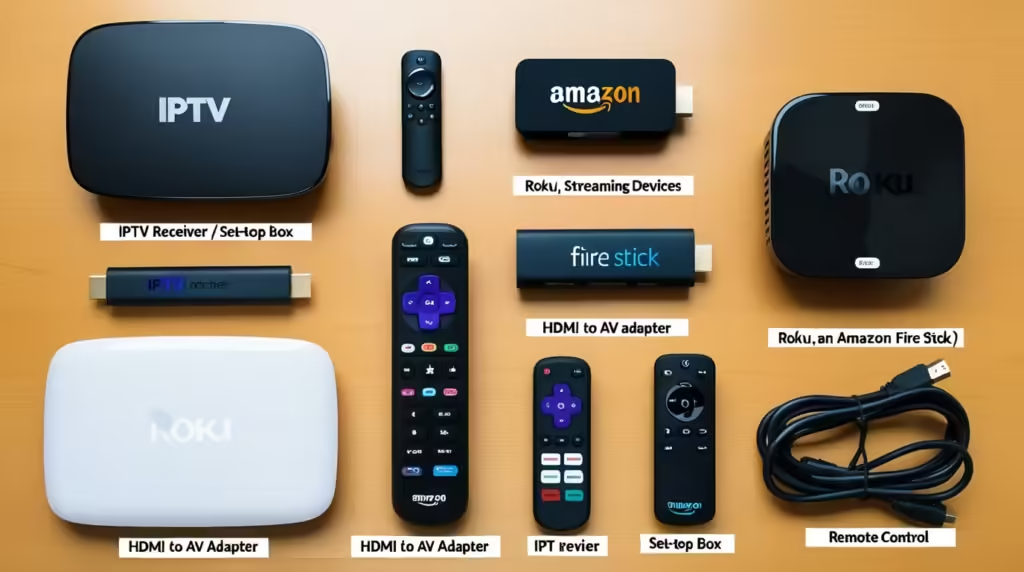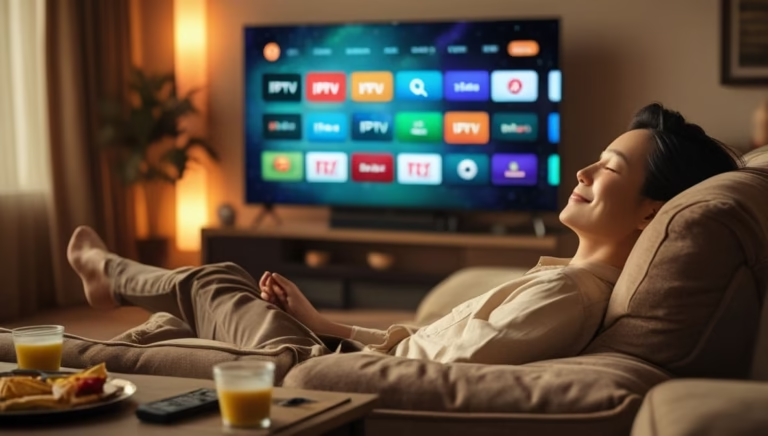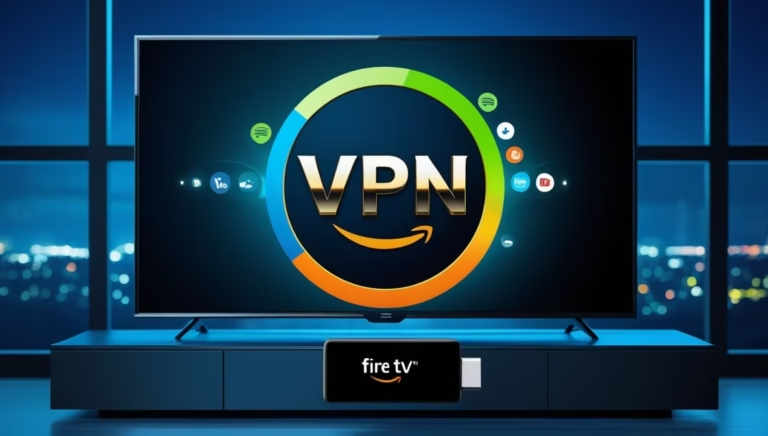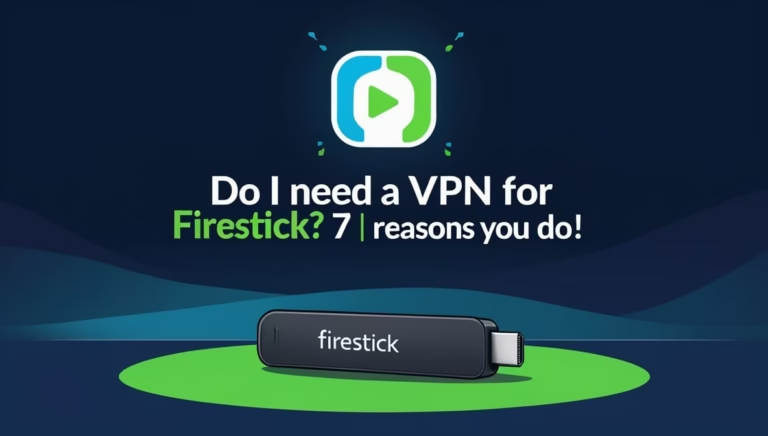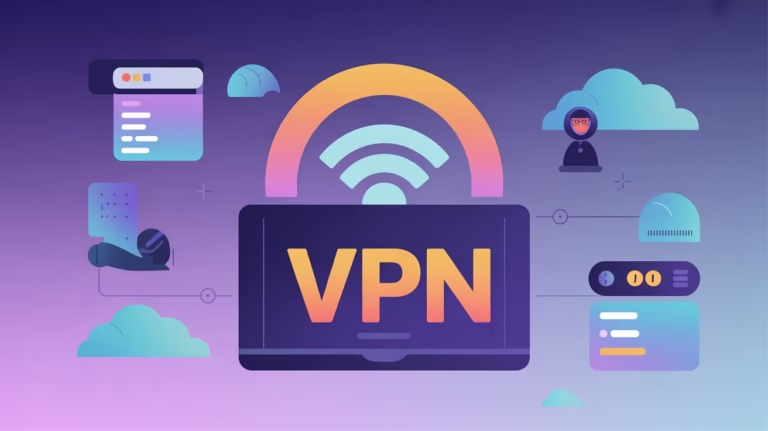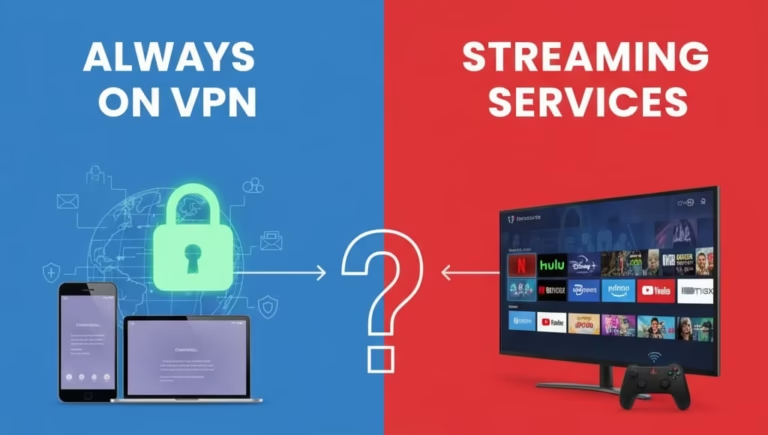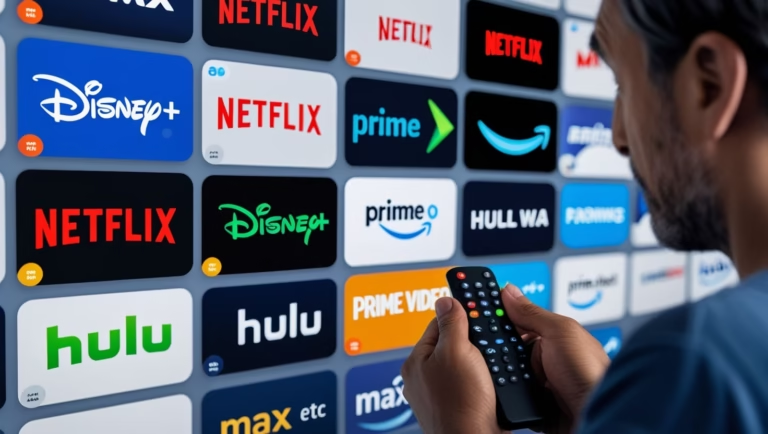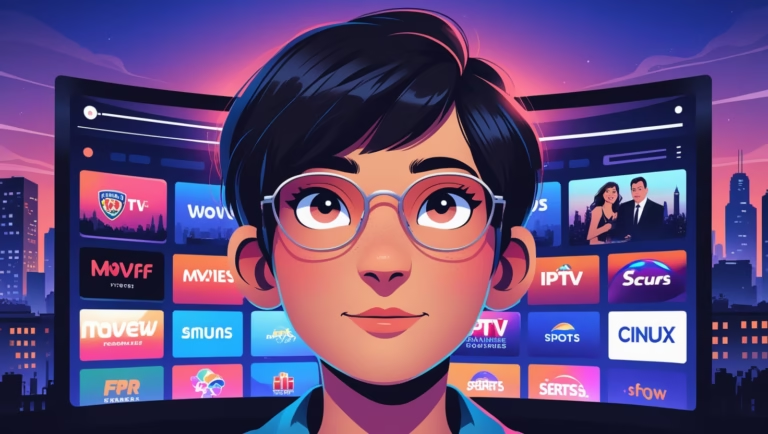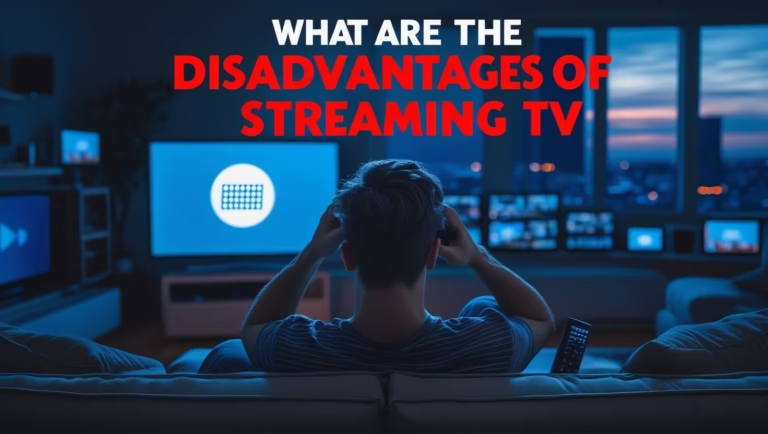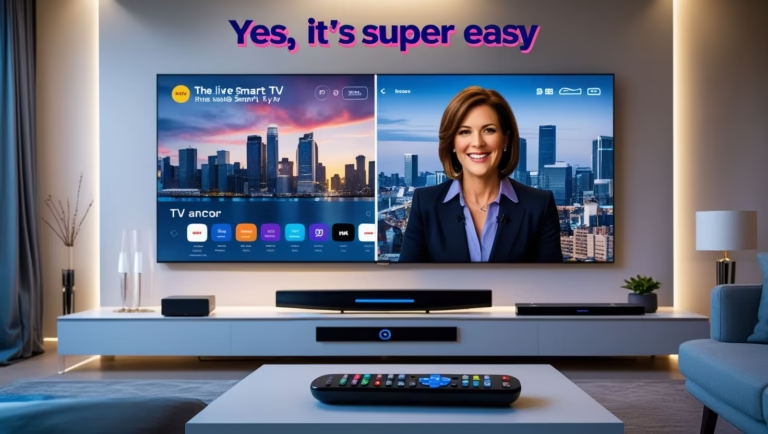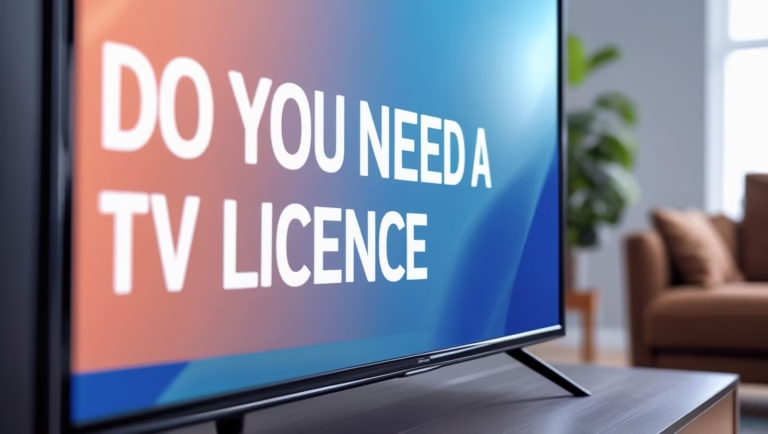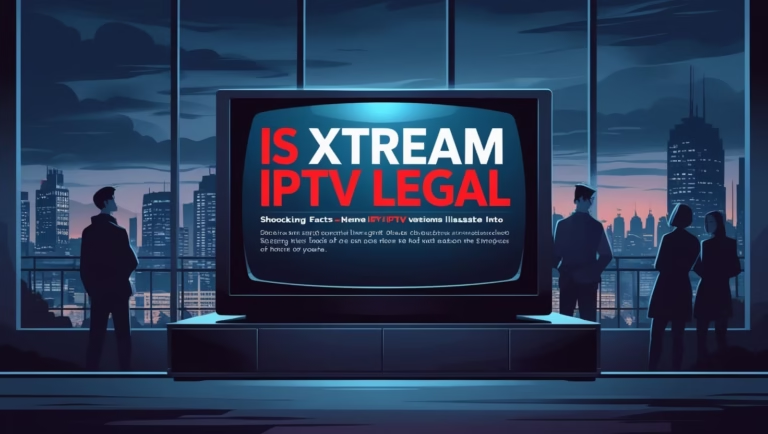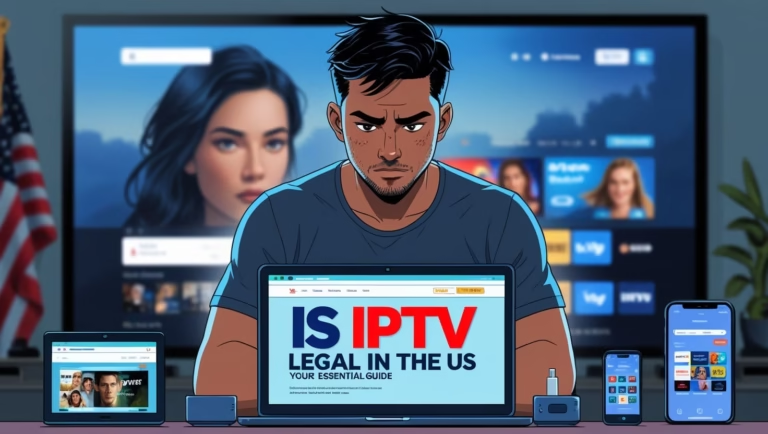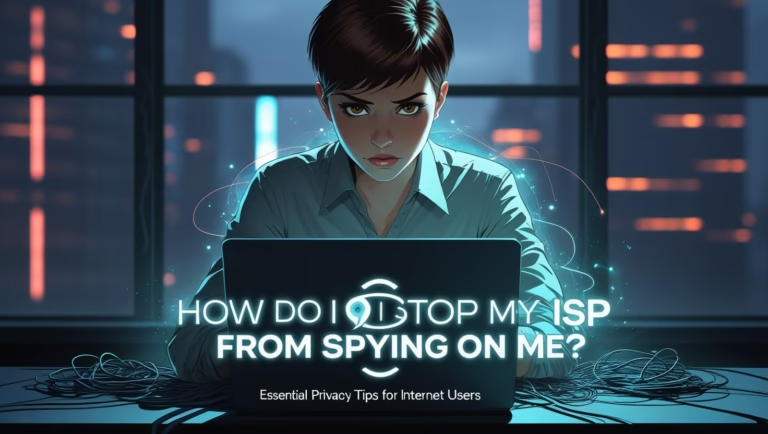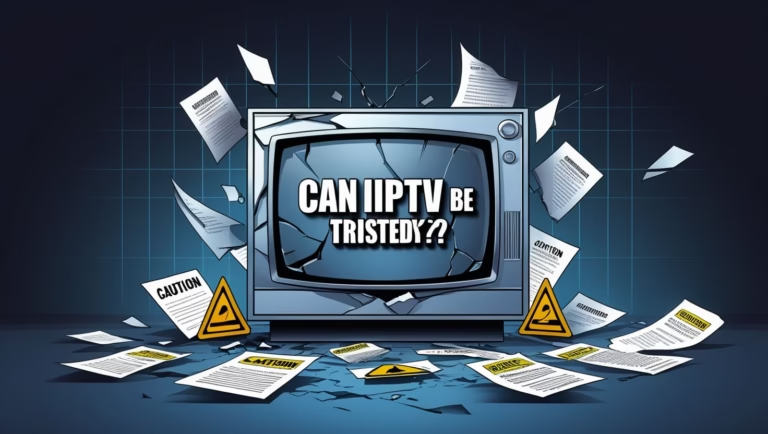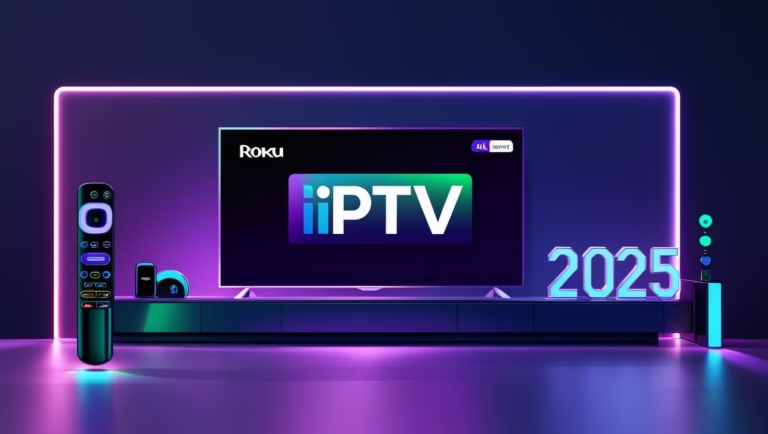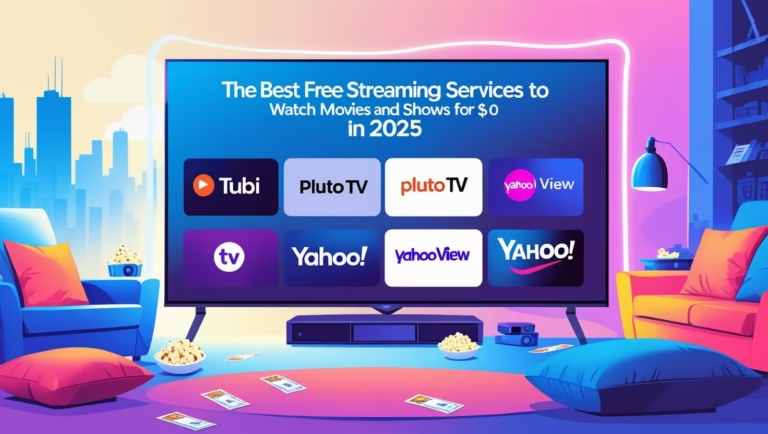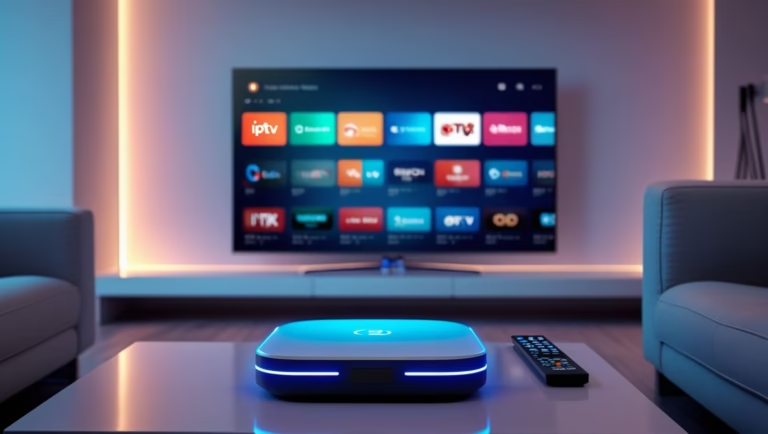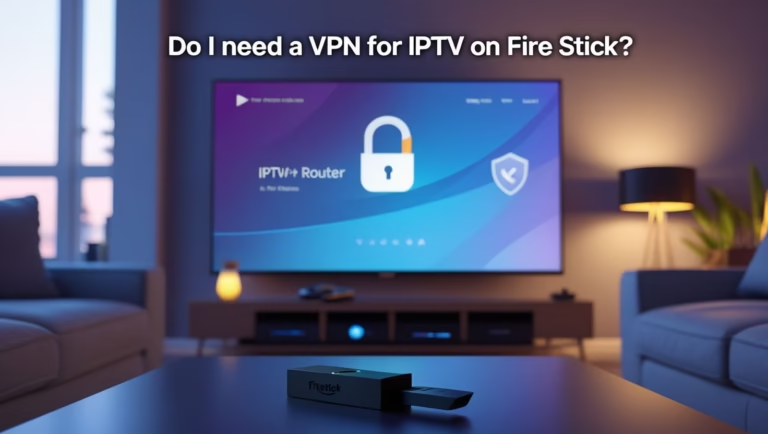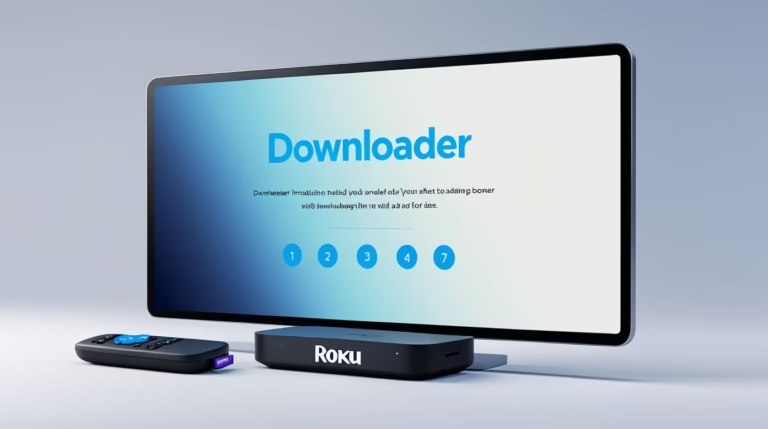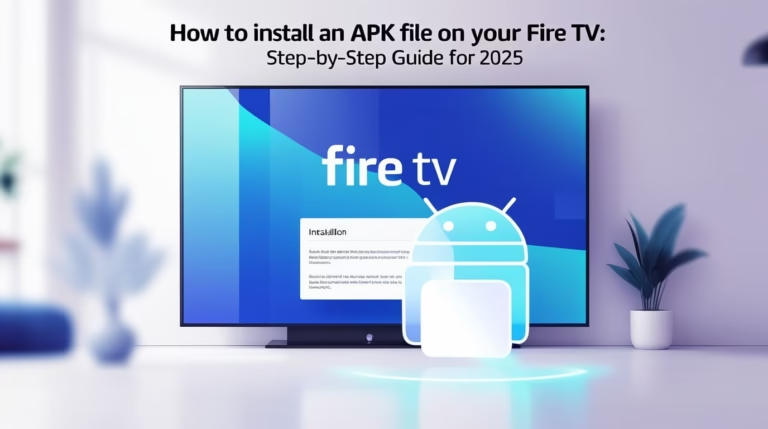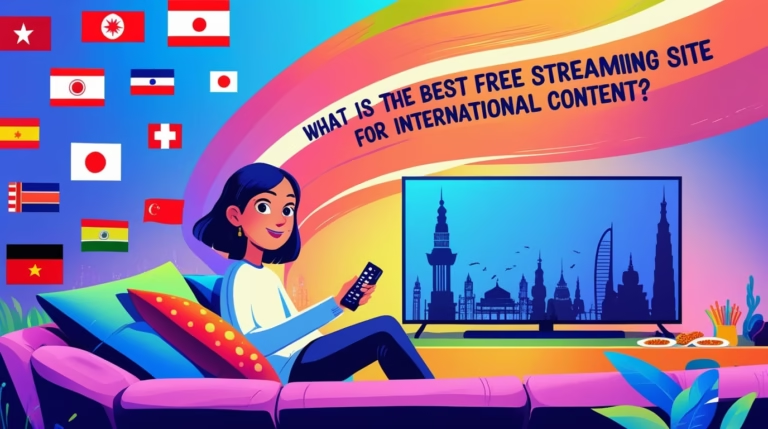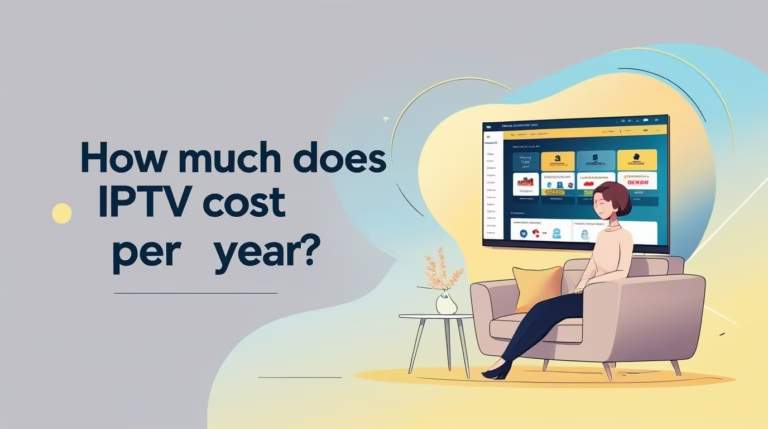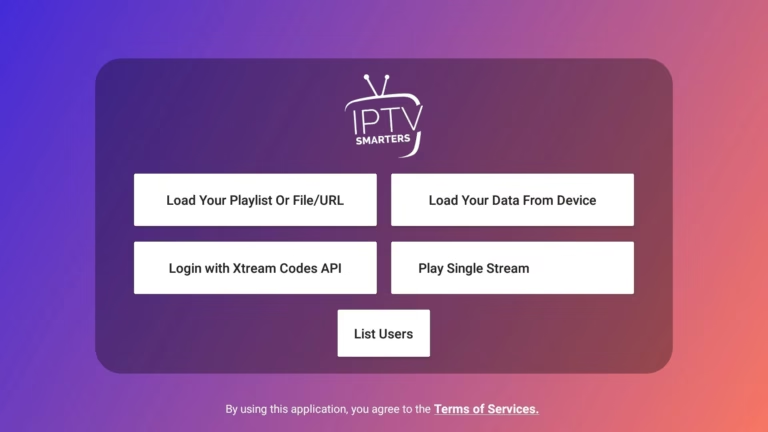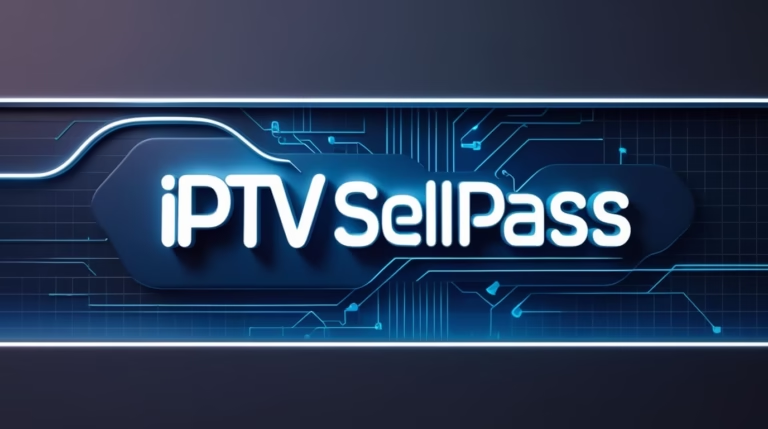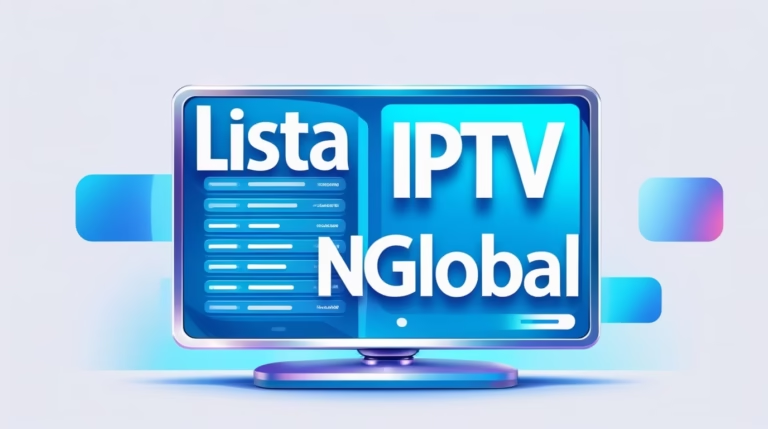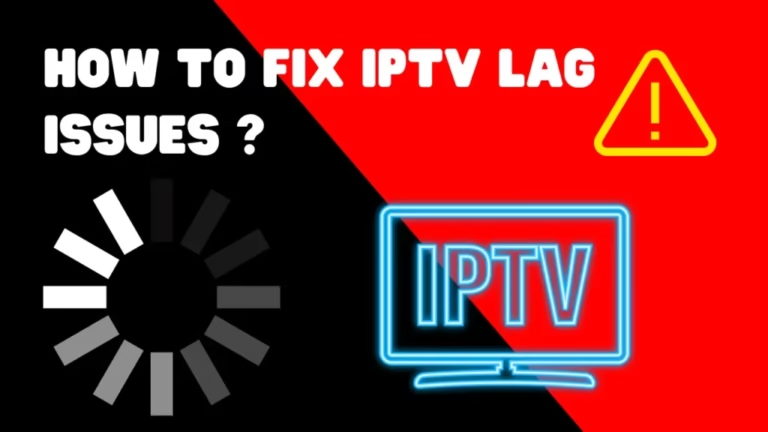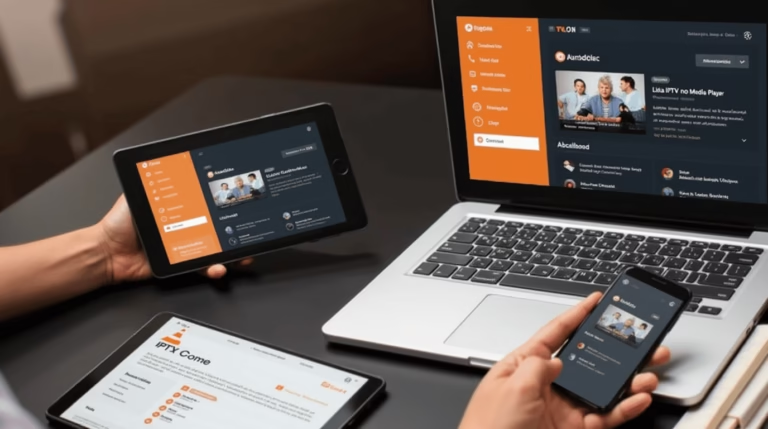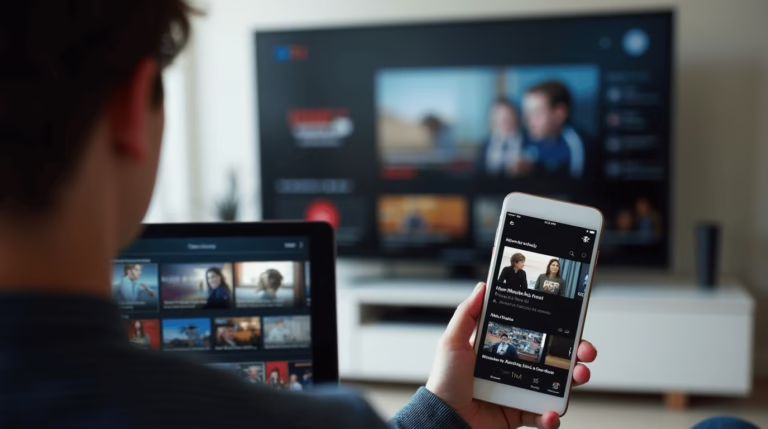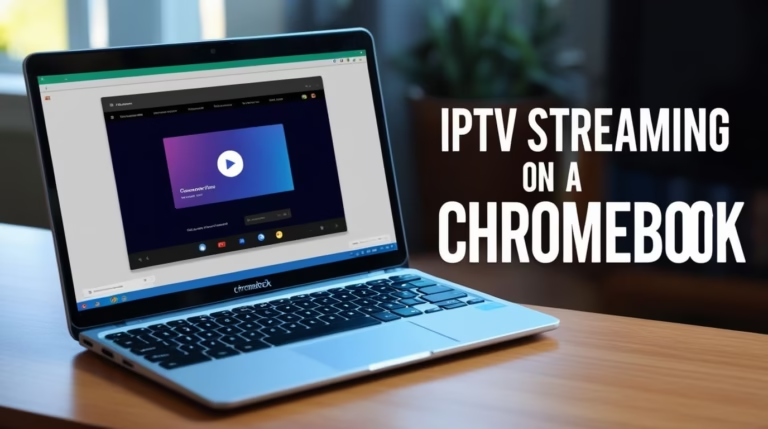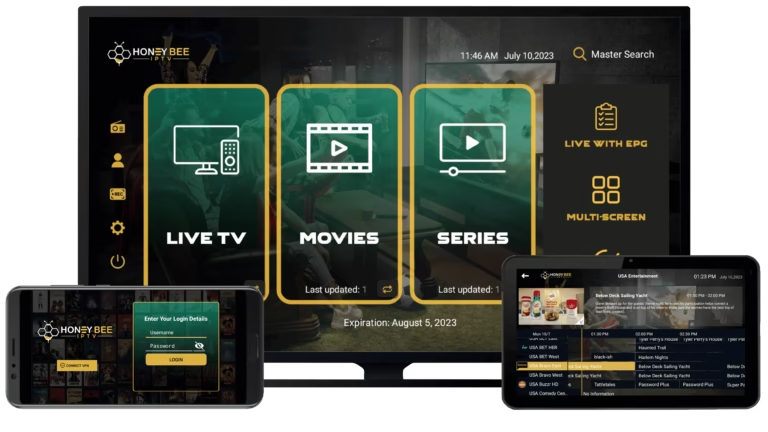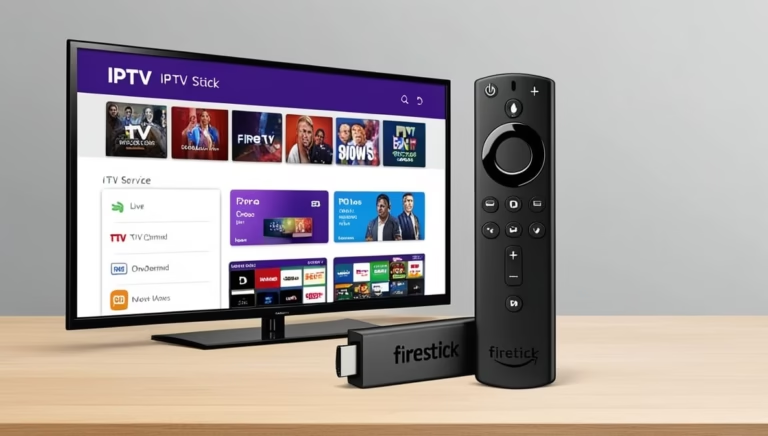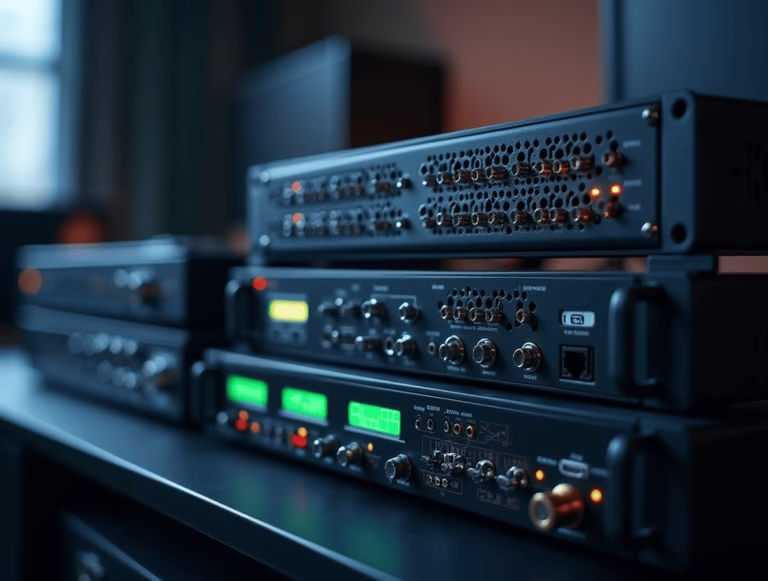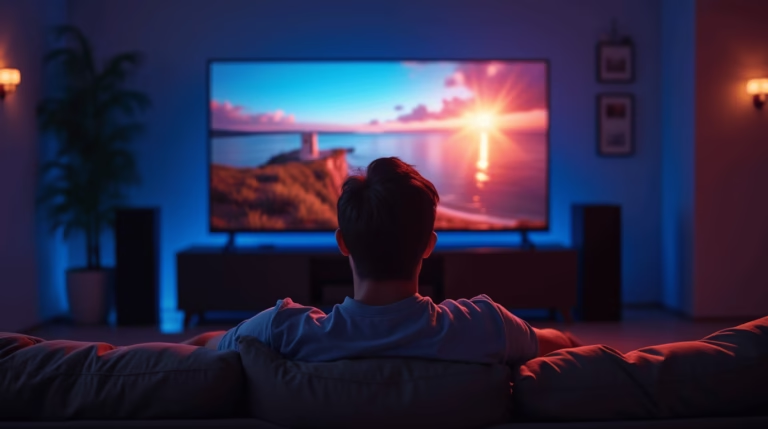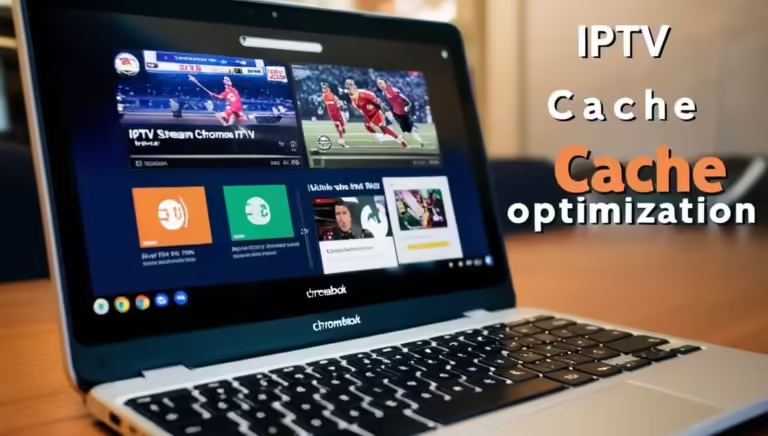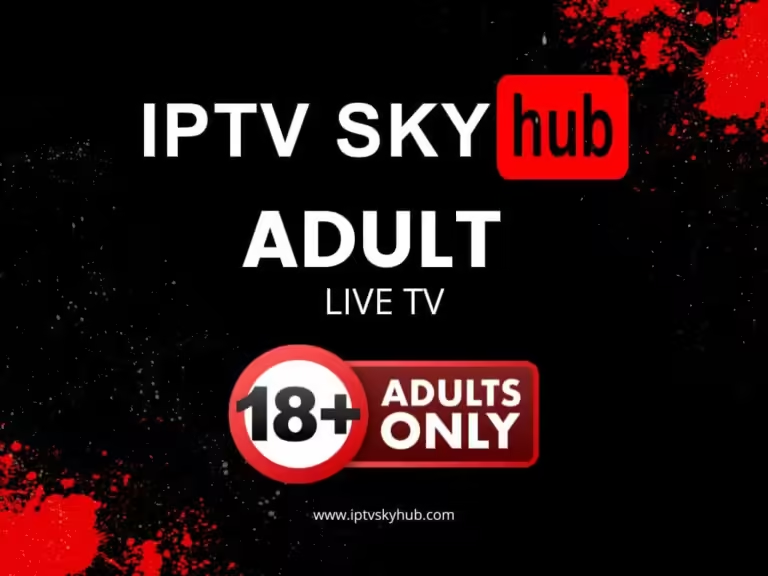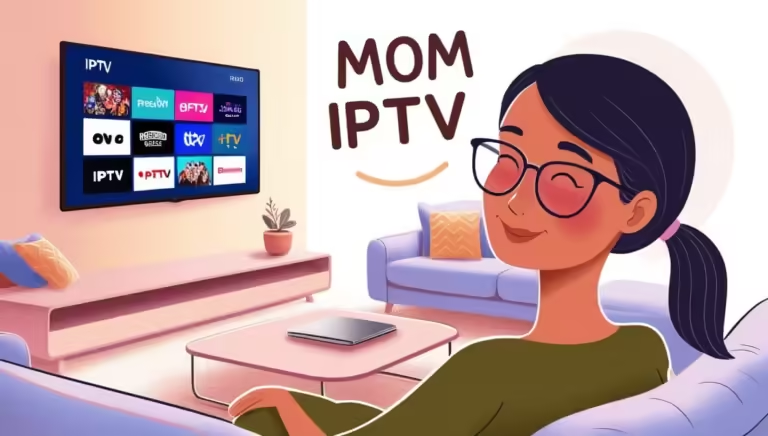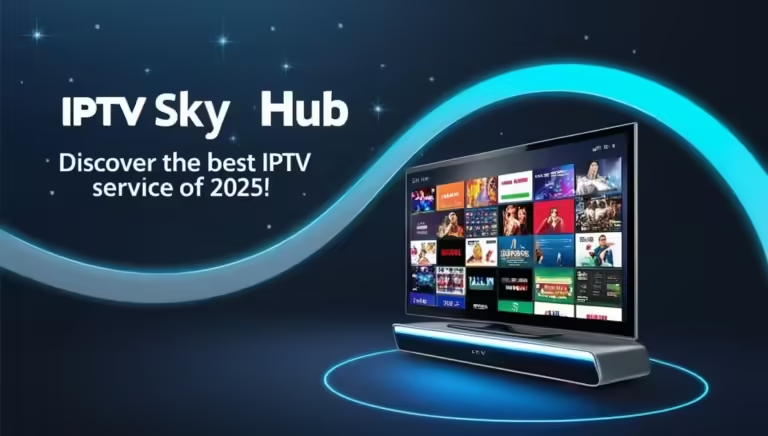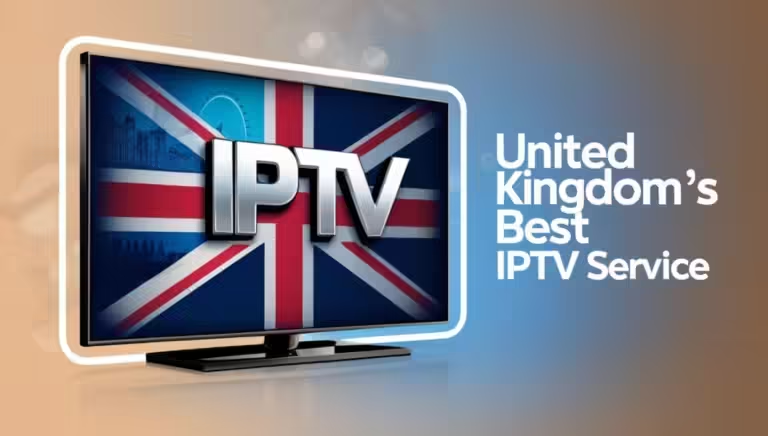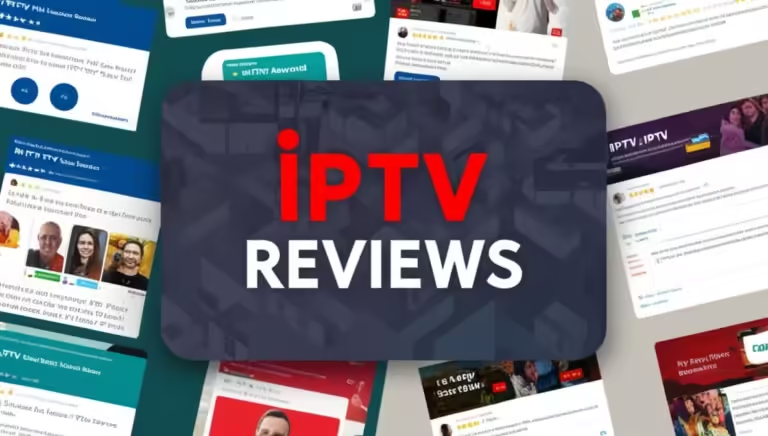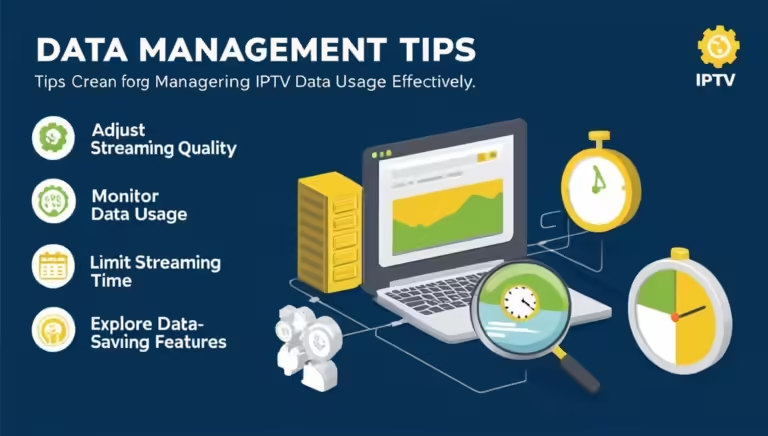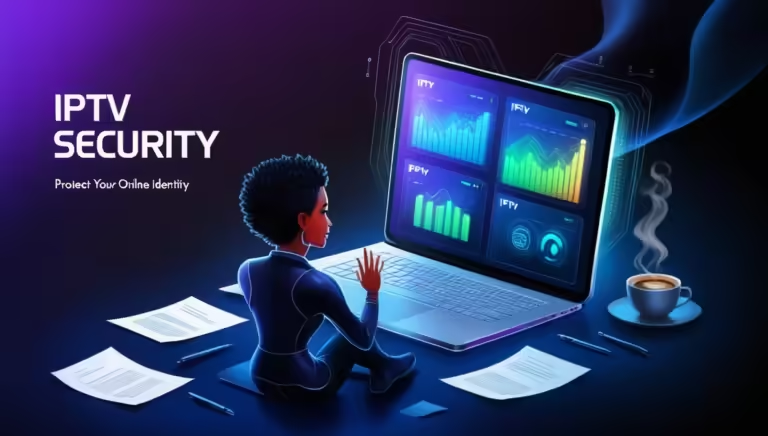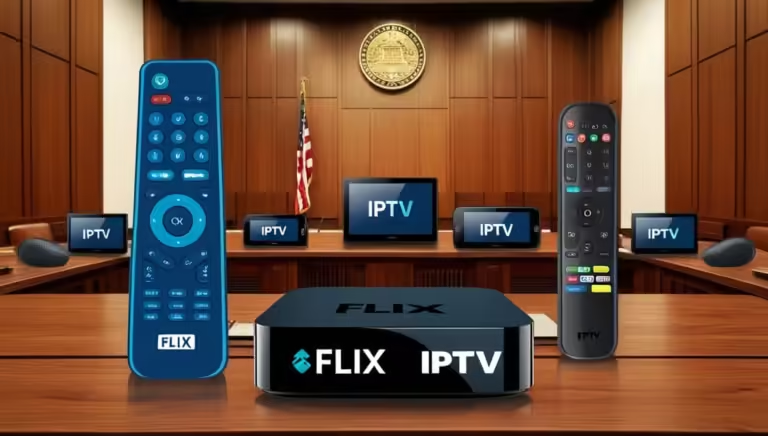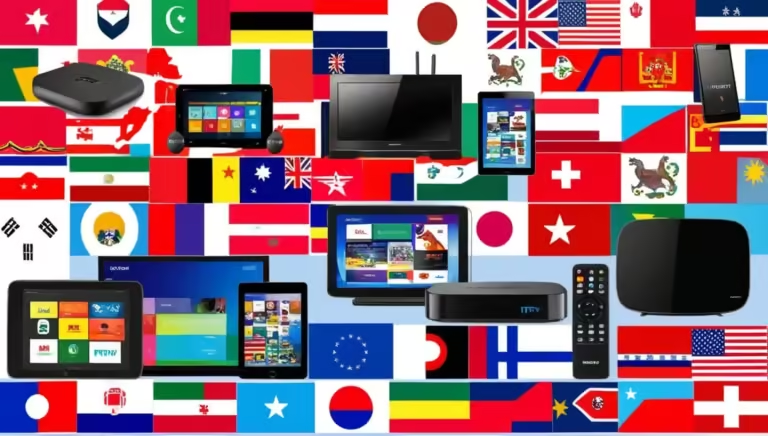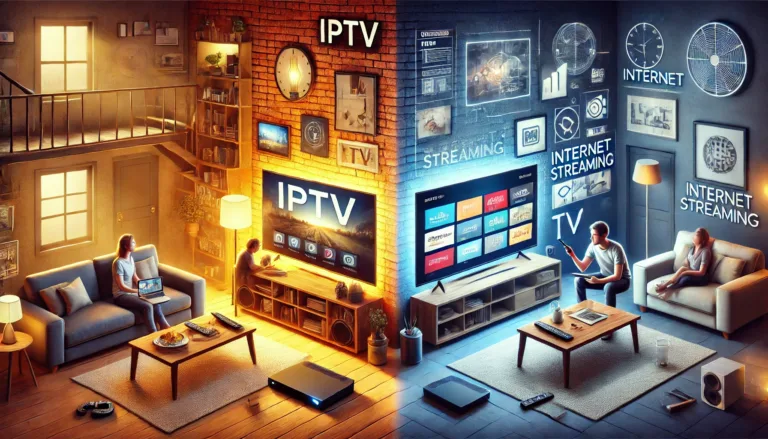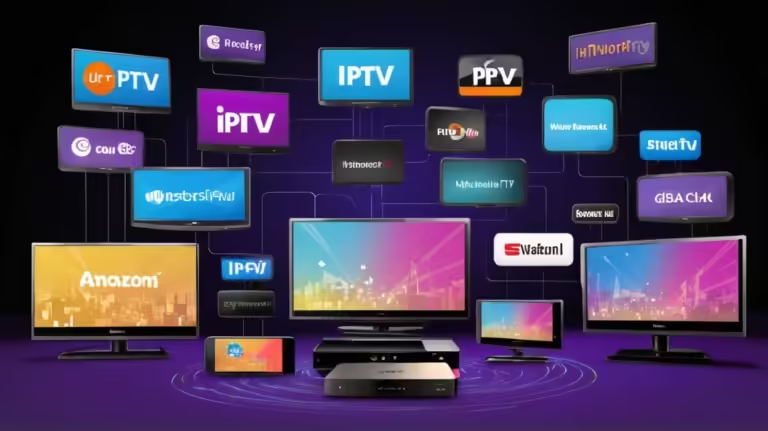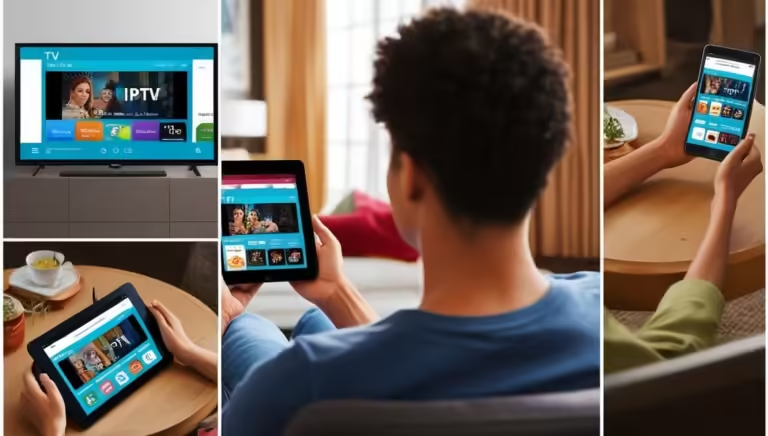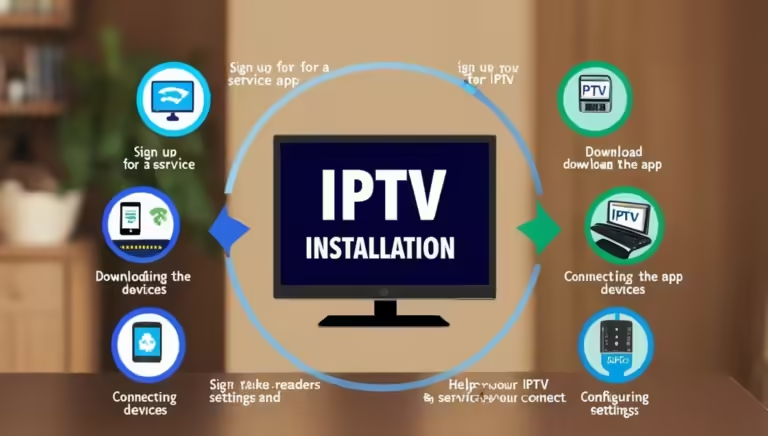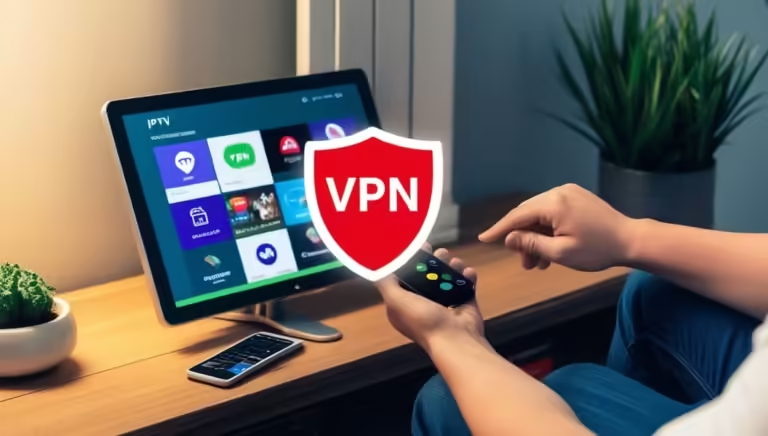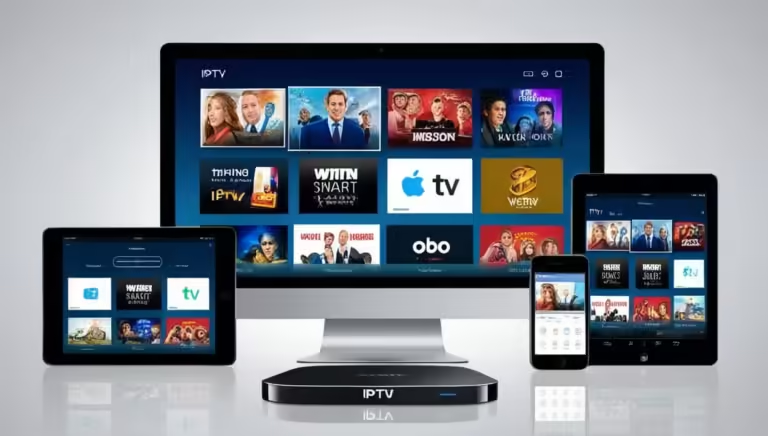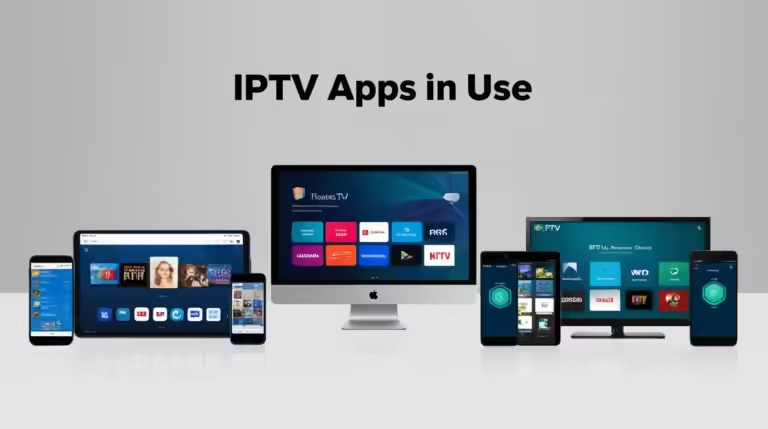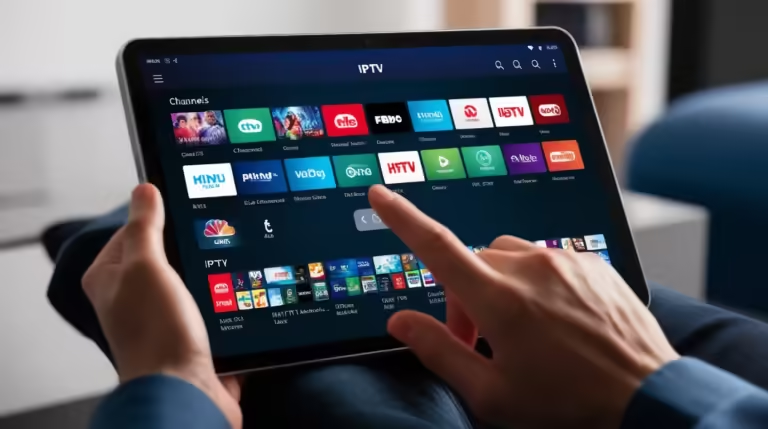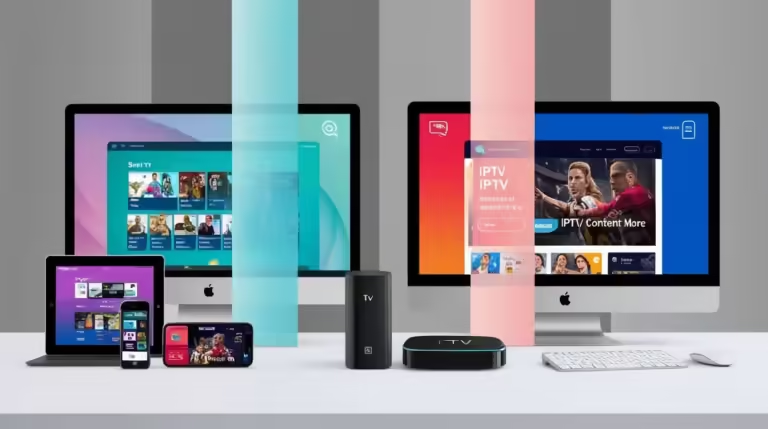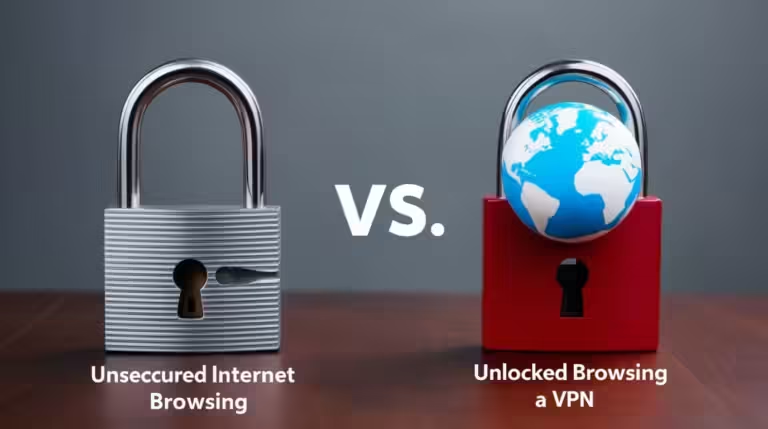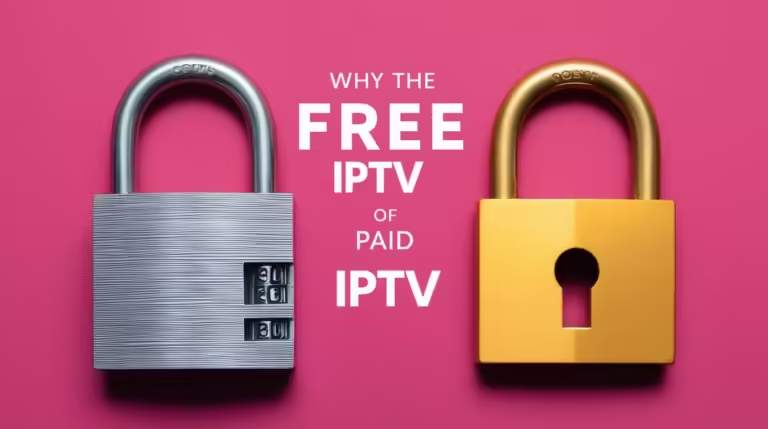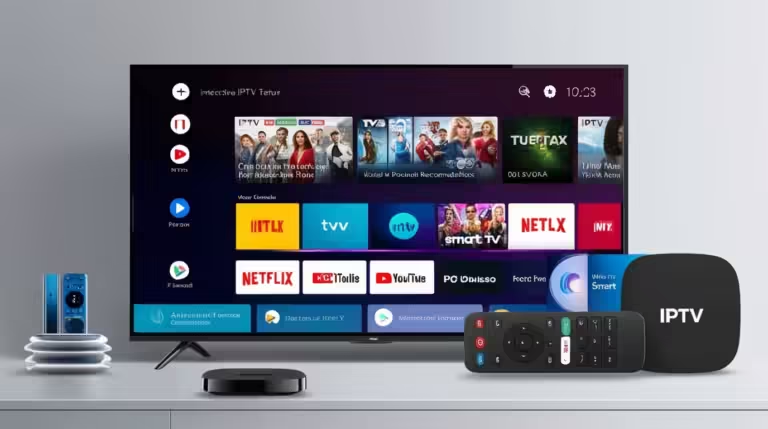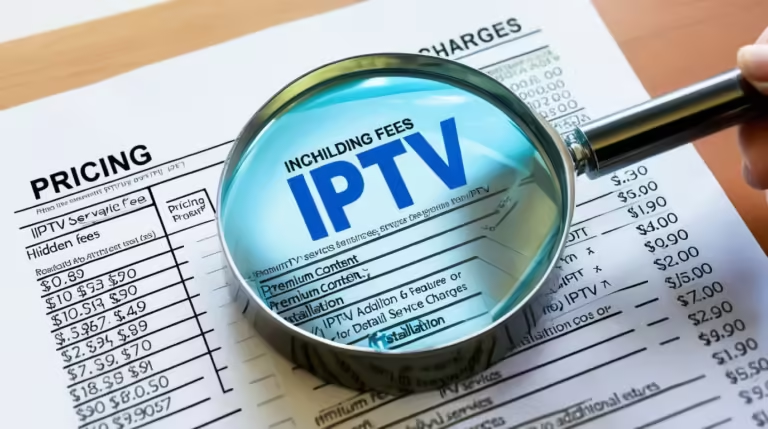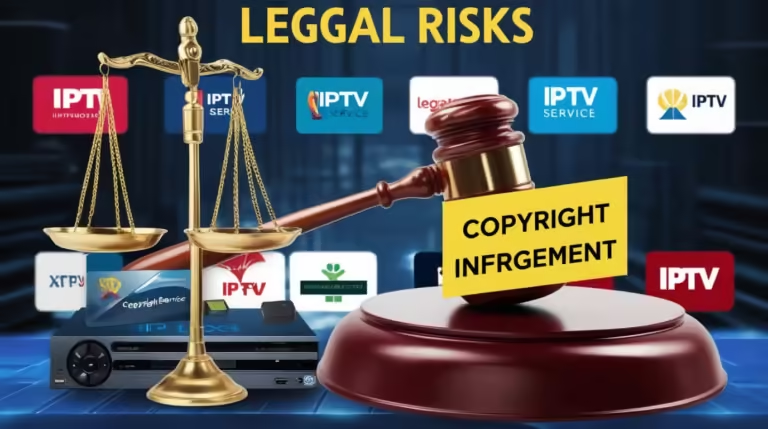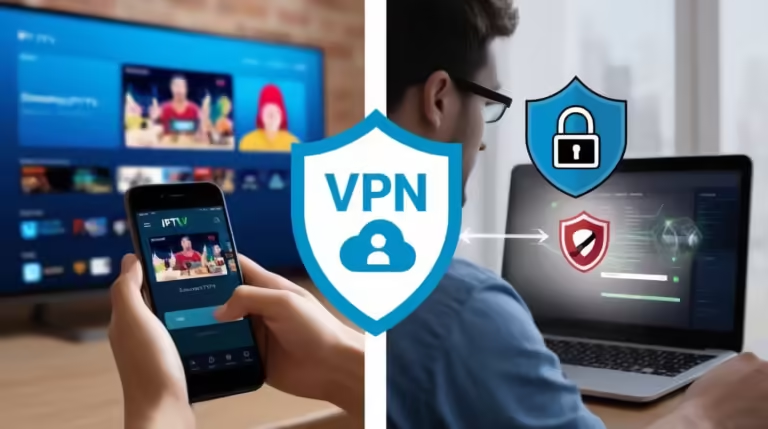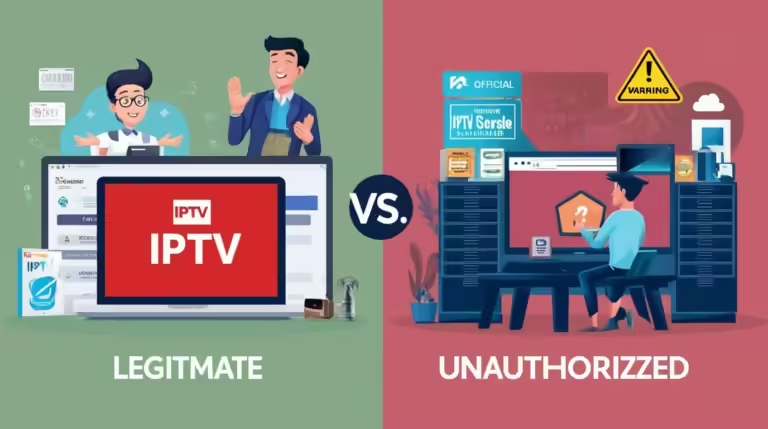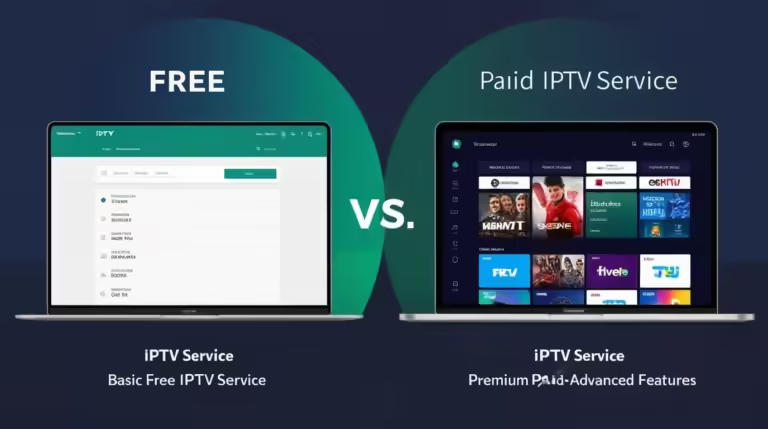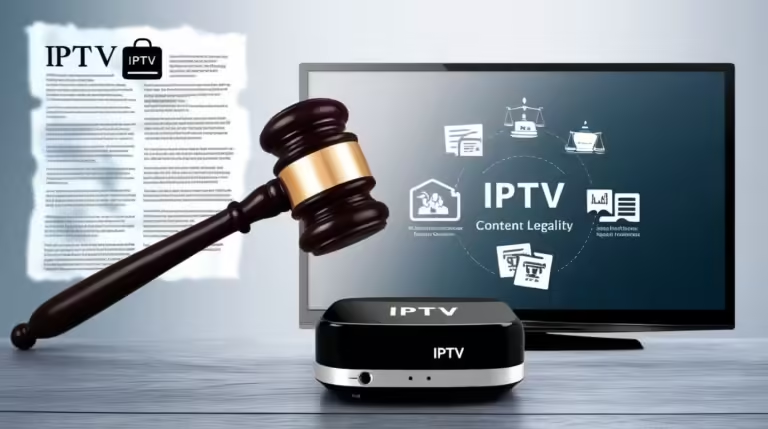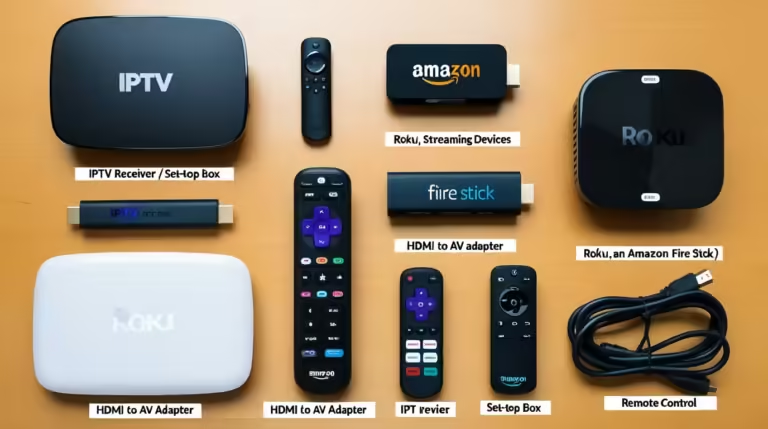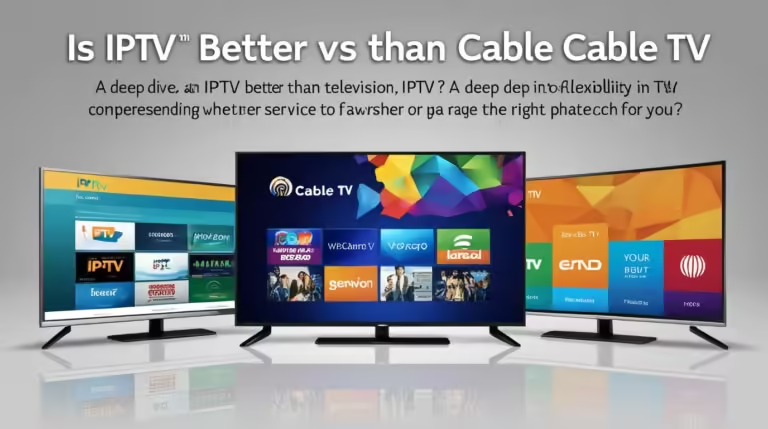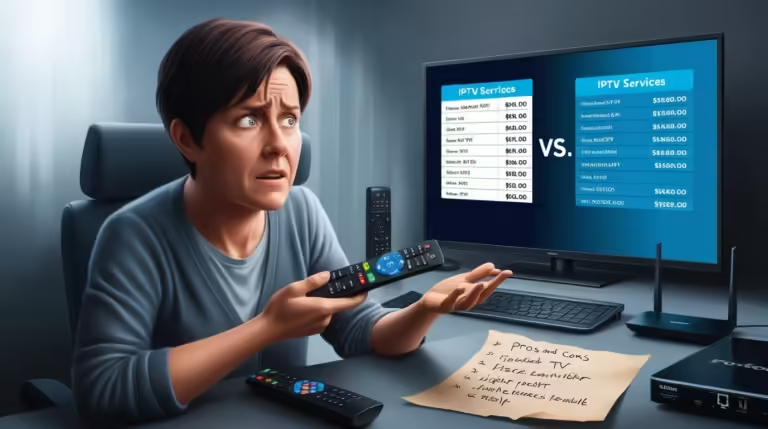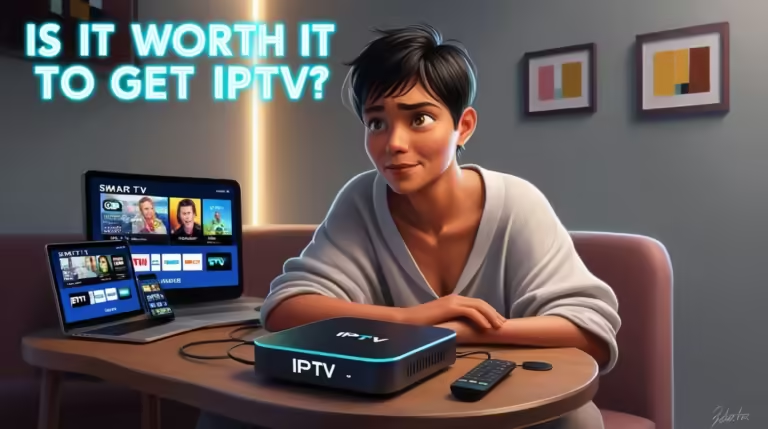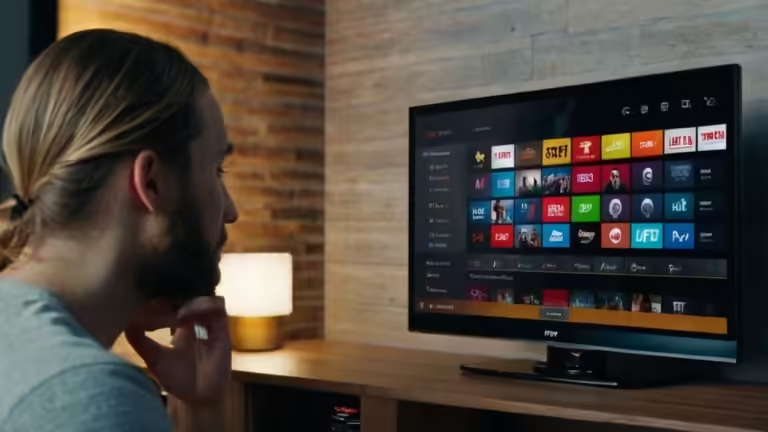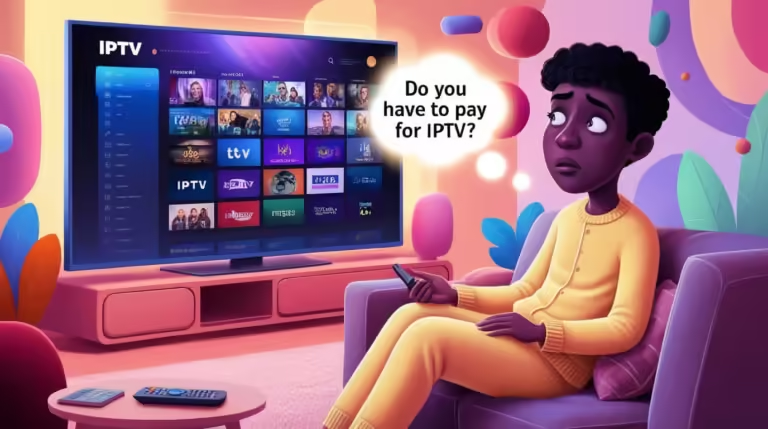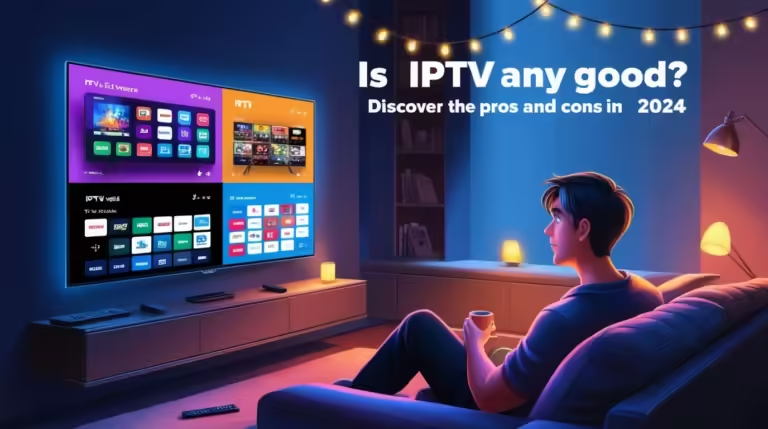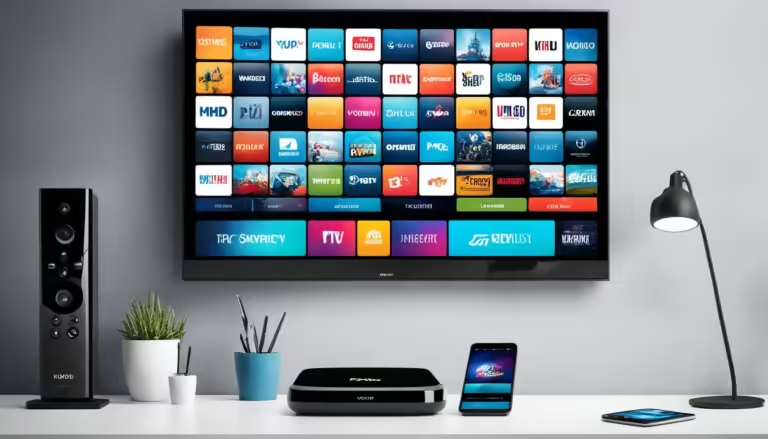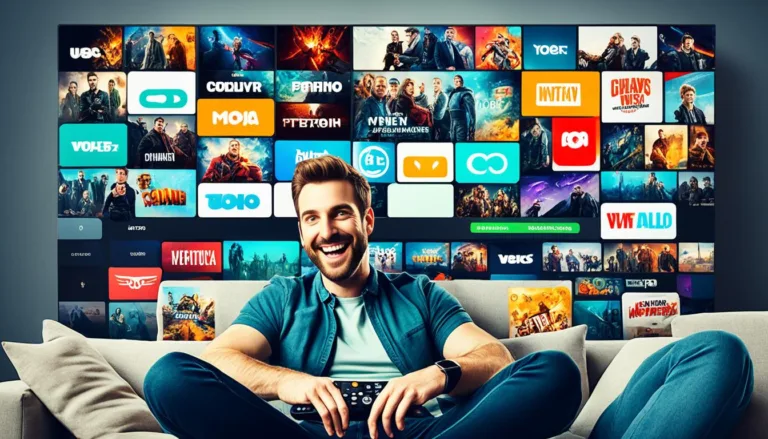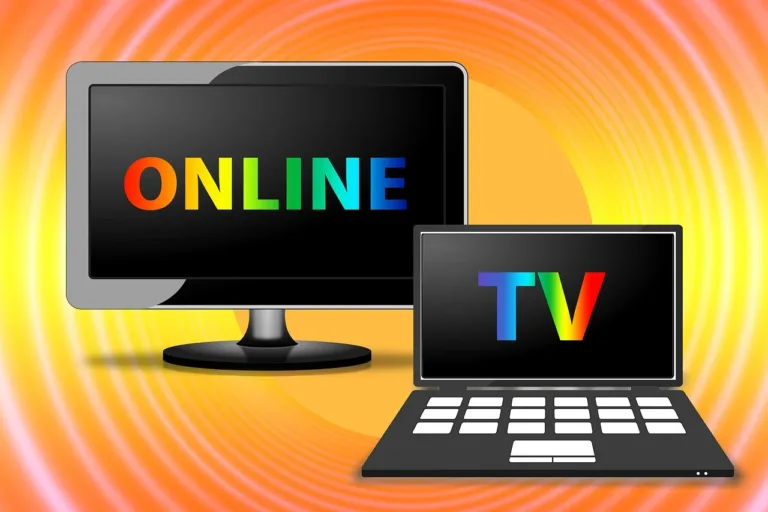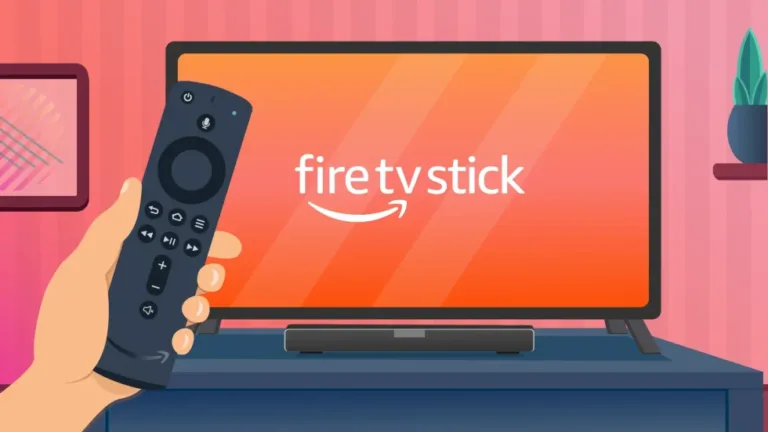In the ever-evolving world of television entertainment, IPTV (Internet Protocol Television) has emerged as a modern alternative to traditional cable TV. With its promise of a wide range of channels and on-demand content delivered over the internet, it’s no wonder that many are eager to make the switch. But what if you don’t have a smart TV? Can you still enjoy IPTV? This ultimate guide will explore everything you need to know about getting IPTV on a non-smart TV, including essential equipment, setup procedures, and tips for an optimal viewing experience.

Understanding IPTV: Can I Get IPTV on a Non-Smart TV?
Before diving into the logistics, it’s essential to grasp what IPTV is and how it operates. IPTV delivers television content via internet protocols, as opposed to traditional cable or satellite signals. It allows for on-demand streaming of a variety of channels and shows, often with higher flexibility and customization options.
But can you get IPTV on a non-smart TV? The answer is yes, though it requires a bit of extra effort. Non-smart TVs, which lack built-in internet connectivity and smart features, need additional hardware to access IPTV services. However, this doesn’t mean you’re left out of the IPTV revolution.
To understand how IPTV can be accessed on a non-smart TV, consider the core components of IPTV systems. These typically involve an IPTV service provider that delivers content over the internet and a compatible device or application that facilitates viewing. Non-smart TVs lack the built-in capability to connect to the internet and run apps, but they can still receive content with the right external equipment.
Essentially, IPTV on a non-smart TV requires a bridge between the internet-based IPTV service and the traditional TV set. This is achieved through devices that can decode IPTV signals and interface with your TV. So, while non-smart TVs don’t natively support IPTV apps, they can still be transformed into IPTV-capable screens with the right accessories.
Essential Equipment Needed: Can I Get IPTV on a Non-Smart TV?

To enjoy IPTV on a non-smart TV, you’ll need specific equipment to bridge the gap between the internet-based service and your traditional television set. Here’s what you need to get started:
- IPTV Receiver or Set-Top Box: The most crucial piece of equipment is an IPTV receiver or set-top box. This device connects to your TV and decodes the IPTV signals received from your service provider. It acts as an intermediary, allowing your non-smart TV to display IPTV content. Popular options include devices from brands like Roku, Amazon Fire TV, and Android TV boxes, which can be connected to a standard TV via HDMI or composite inputs.
- Streaming Device: Streaming devices like Chromecast, Roku, or Amazon Fire Stick can turn your non-smart TV into a smart TV. These devices connect to the internet and stream content from various apps, including IPTV services. They typically plug into the HDMI port of your TV and provide access to a range of streaming options.
- HDMI to AV Adapter: If your non-smart TV only has AV (composite) inputs, you’ll need an HDMI to AV adapter. This device converts the HDMI output from your IPTV receiver or streaming device into a format compatible with your TV. This is essential for older TVs that don’t have HDMI ports.
- Internet Connection: A stable and high-speed internet connection is crucial for streaming IPTV content. Ensure you have a reliable broadband connection to avoid buffering and interruptions during viewing.
- Remote Control: Most IPTV receivers and streaming devices come with a remote control. This remote allows you to navigate through channels, settings, and apps. If your device doesn’t include one, you may need to purchase a compatible remote separately.
By acquiring these essential pieces of equipment, you can effectively convert your non-smart TV into a platform for enjoying IPTV content. The process involves connecting the necessary devices, ensuring proper setup, and configuring your IPTV service.
Step-by-Step Setup: How Can I Get IPTV on a Non-Smart TV?
Getting IPTV on a non-smart TV involves a few straightforward steps. Here’s a detailed guide to setting up your IPTV service:
- Choose Your IPTV Service: Begin by selecting an IPTV service provider that meets your viewing preferences. Providers often offer various packages with different channel lineups and features. Sign up for a plan that suits your needs.
- Connect Your IPTV Receiver or Streaming Device:
- For IPTV Receiver: Connect the IPTV receiver to your non-smart TV using an HDMI cable if available. If your TV lacks an HDMI port, use an HDMI to AV adapter to connect the receiver to the composite inputs on your TV.
- For Streaming Device: Plug the streaming device into the HDMI port of your TV. If you’re using a non-HDMI TV, connect the streaming device through an HDMI to AV adapter.
- Connect to the Internet: Ensure that your IPTV receiver or streaming device is connected to your home Wi-Fi network. Follow the on-screen instructions to connect to your internet and configure network settings.
- Install IPTV Application: For IPTV receivers, you may need to install the IPTV application provided by your service provider. This could involve entering a setup code or downloading the app from the device’s app store. For streaming devices, search for and install the IPTV app from the device’s app store.
- Set Up Your IPTV Service: Open the IPTV application and log in using the credentials provided by your IPTV service. Follow the setup instructions to configure your channel lineup, preferences, and any additional settings.
- Test Your Connection: Once everything is set up, test your IPTV connection to ensure that channels are loading correctly and streaming smoothly. Check for any connectivity issues or errors and troubleshoot as needed.

By following these steps, you’ll be able to enjoy IPTV content on your non-smart TV with minimal hassle. The setup process might vary slightly depending on your equipment and IPTV provider, but the core steps remain consistent.
Alternative Methods for Streaming: Can I Get IPTV on a Non-Smart TV Using Streaming Devices?
If you’re considering alternatives to traditional IPTV receivers, streaming devices offer a versatile solution for accessing IPTV content on a non-smart TV. Here’s how you can use various streaming devices to achieve this:
- Amazon Fire Stick: The Amazon Fire Stick is a popular streaming device that plugs into your TV’s HDMI port. It supports various IPTV apps and services available on the Amazon Appstore. Once plugged in, connect the Fire Stick to your Wi-Fi network, install your IPTV app, and start streaming. For non-HDMI TVs, use an HDMI to AV adapter.
- Roku: Roku devices are known for their ease of use and wide range of compatible apps. Connect your Roku device to your TV via HDMI or an HDMI to AV adapter. Use the Roku Channel Store to download the IPTV app of your choice, log in, and enjoy your content.
- Chromecast: Google Chromecast allows you to stream content from your mobile device or computer to your TV. Plug the Chromecast into the HDMI port, set it up on your Wi-Fi network, and cast content from your IPTV app to the TV. For non-HDMI TVs, an HDMI to AV adapter is necessary.
- Apple TV: Apple TV supports various IPTV apps available in the App Store. Connect the Apple TV to your TV using HDMI or an HDMI to AV adapter. Set up the device, download the IPTV app, and sign in to start streaming.
- Android TV Box: An Android TV box offers a range of IPTV options and customization. Connect it to your TV via HDMI or an HDMI to AV adapter, configure your internet settings, and install your IPTV app from the Google Play Store.
Using these streaming devices can enhance your IPTV experience on a non-smart TV by providing access to a range of content and features. Choose a device that fits your preferences and budget to enjoy seamless streaming.

Evaluating Picture and Sound Quality: Can I Get IPTV on a Non-Smart TV?
When it comes to enjoying IPTV on a non-smart TV, picture and sound quality are important factors to consider. Although non-smart TVs may not have the latest display technologies, you can still achieve a satisfying viewing experience with the right setup.
- Picture Quality: The picture quality of IPTV on a non-smart TV largely depends on the resolution of your TV and the quality of your IPTV service. Non-smart TVs typically have lower resolutions compared to modern smart TVs, which may affect the sharpness and clarity of the image. To optimize picture quality, ensure that you are using high-quality cables and adapters. Additionally, check if your IPTV service offers high-definition (HD) or ultra-high-definition (4K) content and adjust the settings accordingly.
- Sound Quality: Sound quality can also vary depending on the age and specifications of your non-smart TV. Many older TVs have basic built-in speakers that may not provide optimal audio performance. To improve sound quality, consider using external speakers or a soundbar. Connect the external audio equipment to your TV through the appropriate audio outputs, or use a device with integrated audio capabilities.
- Settings and Calibration: Most IPTV receivers and streaming devices allow you to adjust picture and sound settings. Explore the settings menu on your device to calibrate display and audio preferences. This can help enhance the overall viewing experience and ensure that the content is displayed at its best quality.
- Compatibility and Resolution: Ensure that your IPTV receiver or streaming device supports the resolution of your non-smart TV. Using devices that match your TV’s resolution can help prevent issues such as stretching or distortion.
By paying attention to these factors, you can ensure that you get the best possible picture and sound quality from your IPTV service on a non-smart TV.

Troubleshooting Common Issues: Can I Get IPTV on a Non-Smart TV Without Hassles?
While setting up IPTV on a non-smart TV is generally straightforward, you may encounter some common issues. Here are solutions to potential problems you might face:
- No Signal or Black Screen: If you see a black screen or “no signal” message, check all connections to ensure they are securely plugged in. Verify that your TV is set to the correct input source (e.g., HDMI or AV). For devices using HDMI to AV adapters, ensure the adapter is functioning correctly.
- Connectivity Issues: If you’re having trouble connecting to the internet, check your network settings on the IPTV receiver or streaming device. Ensure that your Wi-Fi network is working and that you’ve entered the correct network credentials. Restart your router and device if necessary.
- Buffering or Poor Stream Quality: Buffering issues can occur due to a slow internet connection. Test your internet speed and consider upgrading your plan if necessary. Ensure that no other devices are consuming excessive bandwidth on your network.
- App Installation Problems: If you’re having trouble installing or accessing the IPTV app, check for software updates on your device. Ensure that you’ve downloaded the correct app from a reputable source. Reboot your device and try reinstalling the app if needed.
- Audio/Visual Synchronization Issues: If you notice a delay between audio and video, check your device’s settings for synchronization options. Sometimes, adjusting the audio delay settings can resolve this issue.
By addressing these common issues, you can enjoy a smooth and hassle-free IPTV experience on your non-smart TV. With the right equipment and setup, you’ll be able to transform your traditional TV into a powerful IPTV viewing platform.
Conclusion
In conclusion, the answer to the question “Can I get IPTV on a non-smart TV?” is a resounding yes. While non-smart TVs lack built-in internet capabilities, you can easily enjoy IPTV content with the right equipment and setup. By using IPTV receivers, streaming devices, and adapters, you can bridge the gap between your traditional TV and modern IPTV services.
From understanding IPTV and essential equipment to step-by-step setup and troubleshooting, this guide has provided a comprehensive overview of how to transform your non-smart TV into an IPTV-ready screen. Embrace the flexibility and diverse content of IPTV, and enjoy a modern television experience on your classic TV set.
Unlock Unlimited Entertainment – Subscribe Now! Whether you’re looking to cut the cord or simply explore new viewing options, IPTV offers a world of possibilities. Take the leap and enhance your TV experience today!

